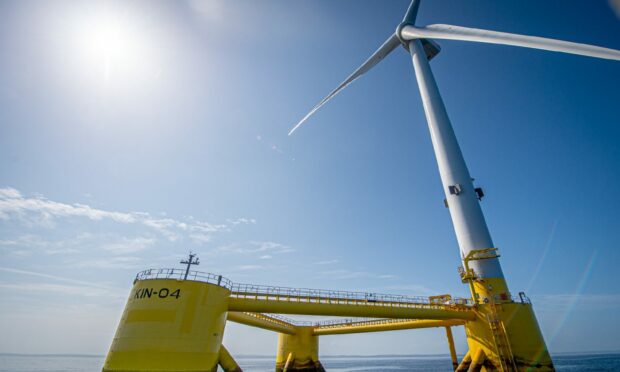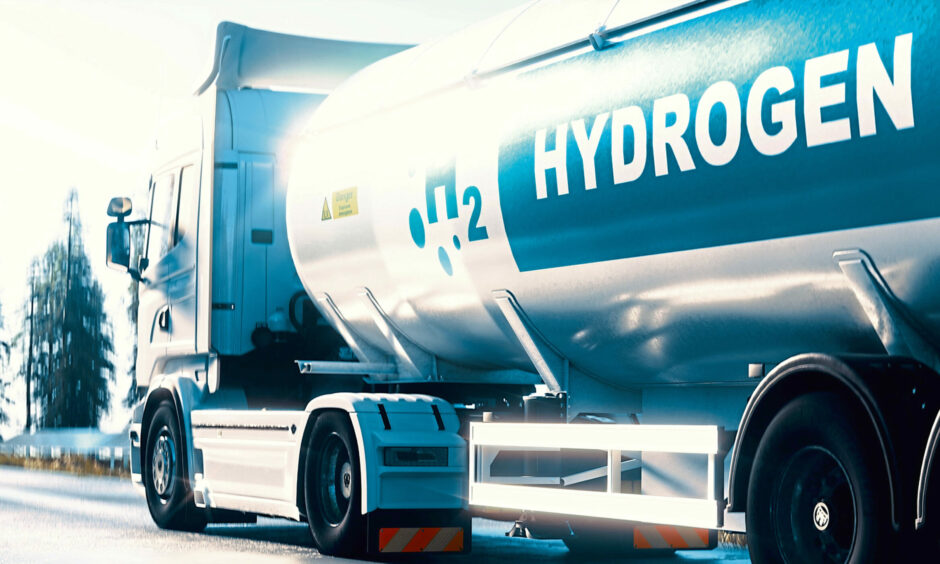Aberdeen University is working on a project where hydrogen could be “banked” in depleted oil and gas reservoirs in the UK North Sea.
The technology would see green hydrogen, obtained through the electrolysis of water, stored offshore.
Huge offshore wind farms are planned for Scotland’s coast.
Electricity from these could be stored as hydrogen whenever production exceeds demand.
This in turn would avoid the need for constraint payments – made to developers by the UK Government to stop production at times to ease the burden on the national grid.
Potential ‘game-changer’
Prashant Jadhawar of Aberdeen University’s school of engineering is leading the hydrogen storage project.
It could be a “game-changer” in helping Scotland meet its target of five gigawatts of green and low-carbon hydrogen production by 2030, he said.
He added: “This target relies on there being sufficient hydrogen storage capacity, which only subsurface geological formations such as depleted hydrocarbon reservoirs or aquifers can deliver on such a large terawatt (TWh) scale.
Our project offers a unique opportunity to help Scotland meet its hydrogen production targets.”
Prashant Jadhawar, Aberdeen University
“Through our current research, we have estimated up to a 20TWh hydrogen storage capacity, as well as the permanent sequestration of 50 million tons of CO2 in a single UKCS (UK continental shelf) reservoir investigated so far.
“By offering the safe and effective storage of bulk quantities of hydrogen and CO2, our project offers a unique opportunity to help Scotland meet its hydrogen production targets, as well as offering the potential for Scotland to become a net exporter of hydrogen.”
Last week the Aberdeen-based Net Zero Technology Centre issued a scoping report for a £2 billion network of hydrogen pipelines linking Scotland to mainland Europe, potentially making the country a major exporter to the EU.
Aberdeen University’s project is supported by the NZTC, which is backed by the Scottish Government, Scottish Funding Council and Scottish Enterprise. Several North Sea operators, along with Scottish Gas Network Plc, BatiGea, UK Elixir consultants, and Flow Expertise are also supporting the work.
Mr Jadhawar will present his research in a session on hydrogen at the Offshore Europe conference in Aberdeen tomorrow, from 10am. He will give a further talk on the university’s stand (2E68) at 1pm.


Conversation